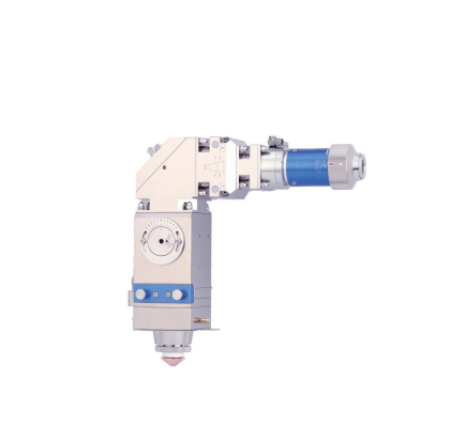
Liquid-cooled laser head refers to a laser system in which the heat generated by the laser during operation is dissipated using a liquid coolant (usually water). This type of cooling system is used to maintain the operating temperature of the laser within the specified range, ensuring stable performance and extending the service life of the laser element.
In a liquid-cooled laser head, the laser gain medium responsible for amplifying the laser light is usually surrounded by conduits through which the coolant flows. When a laser operates, the heat generated is absorbed by the gain medium and then transferred to the surrounding coolant. The heated coolant then circulates from the laser head to the heat exchanger, where it releases the absorbed heat to the environment and then circulates back into the system.
Liquid cooling offers several advantages over other cooling methods such as air cooling:
Higher heat dissipation capacity: Compared to air, liquid coolant has a higher heat capacity and can absorb and dissipate heat more efficiently.
Uniform temperature distribution: Liquid cooling can provide a more uniform temperature distribution between laser components, minimizing thermal gradients that impact performance.
Reduced Noise: Liquid cooling systems are generally quieter than air cooling systems because a fan is not required for circulation.
Compact design: Liquid cooling systems can be more compact than equivalent air cooling systems, making them suitable for applications where space is limited.
Extended service life: By efficiently managing heat, liquid cooling can help extend the service life of laser components by reducing thermal stress.
Liquid-cooled laser heads are commonly used in high-power laser systems such as industrial cutting and welding lasers, medical lasers, and scientific research lasers, where precise control of operating temperature is critical to performance and reliability.
